Arizona isn’t just a desert—it’s a wild, breathtaking masterpiece waiting to be explored. From ancient canyons that slice through the earth to towering red rock formations that glow at sunset, Arizona’s national parks are the definition of awe-inspiring.
These 17 parks are more than places on a map—they’re gateways to some of the most stunning landscapes in the country. Ready for a true adventure?
Pack your bags and prepare to discover the beauty and drama of Arizona like never before.
Grand Canyon National Park
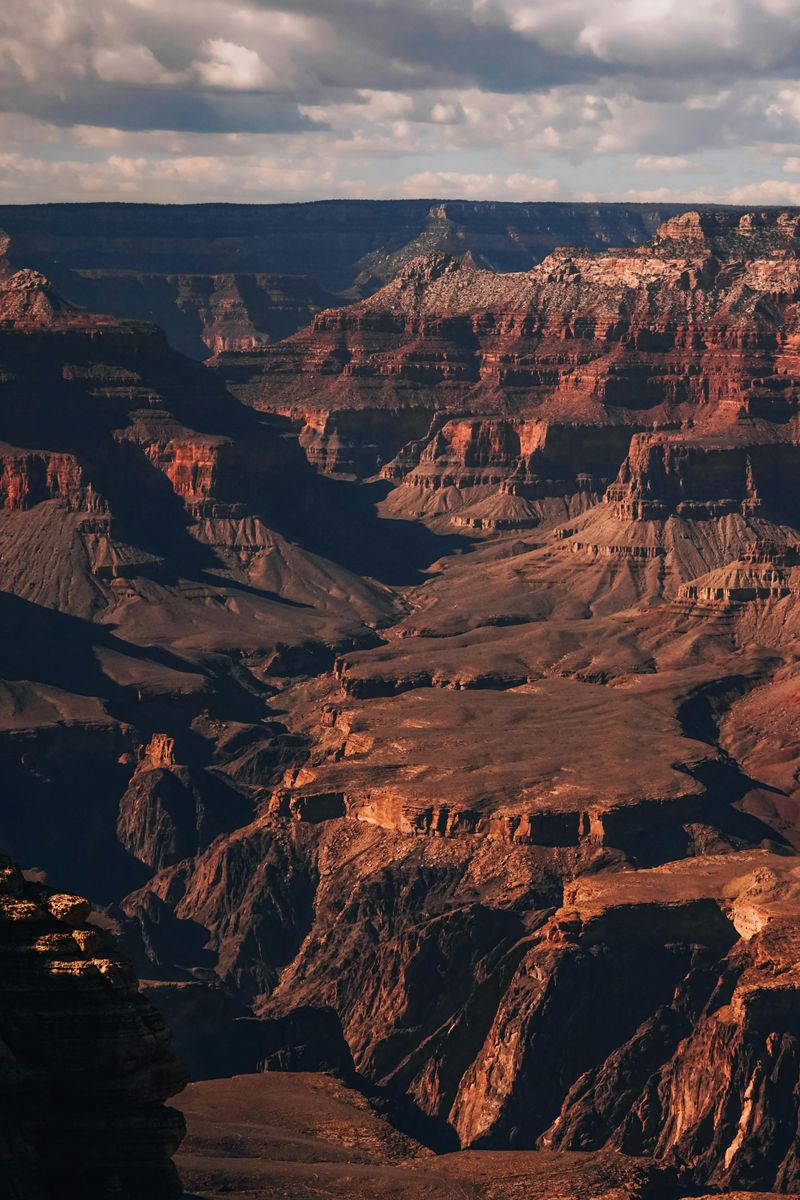
The Grand Canyon is a marvel of nature, showcasing millions of years of geological history. Its vast expanse and intricate formations leave visitors in awe.
For photographers, the canyon offers endless opportunities, especially during sunrise and sunset. Hiking trails like the Bright Angel Trail provide a closer look at its diverse ecosystems.
However, the views from the rim are equally captivating. Adventurous souls may opt for a mule ride down to the Colorado River.
The park also offers educational programs that delve into its geology and history, enriching the visitor experience.
Saguaro National Park
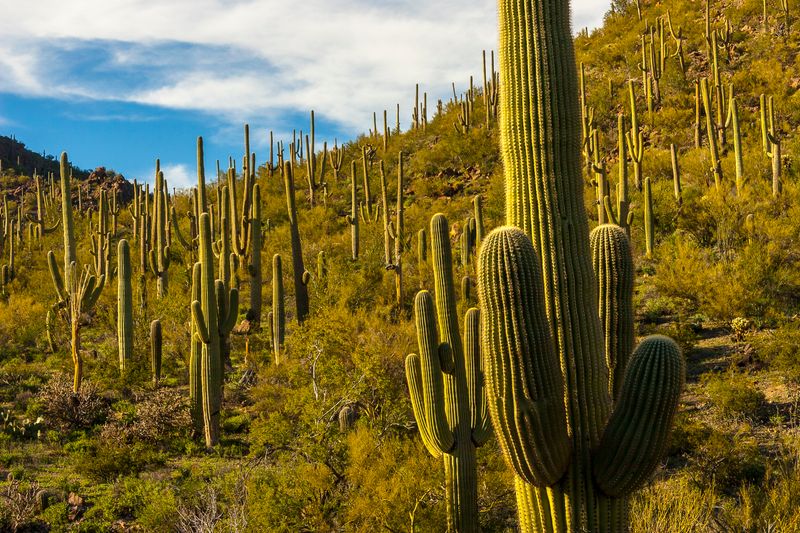
Saguaro National Park is a tribute to the mighty saguaro cactus, an emblem of the American Southwest. The park is divided into two sections, each offering distinct experiences.
The east side, known as Rincon Mountain District, boasts scenic drives and hiking trails that reveal the desert’s hidden beauty. Meanwhile, the west side, Tucson Mountain District, is famous for its dense saguaro forests.
Visitors can explore the Desert Discovery Nature Trail, which provides insight into the unique flora and fauna. The park’s visitor center offers educational exhibits about desert ecology.
Petrified Forest National Park
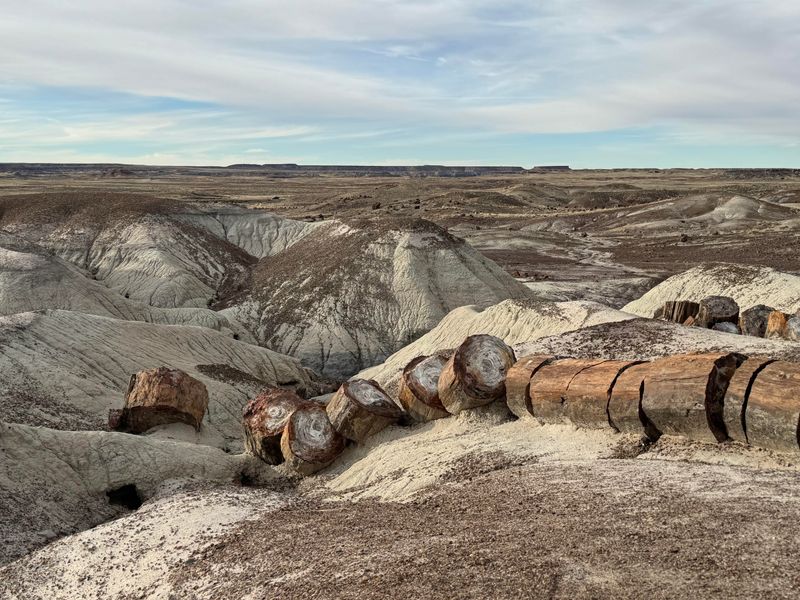
Petrified Forest National Park is a portal to Earth’s ancient past, where fallen trees have transformed into colorful stone over millions of years. The park’s landscapes are dotted with these striking petrified logs, offering a glimpse into a prehistoric world.
The Painted Desert, with its vibrant hues, adds to the park’s allure. For a deeper understanding, visitors can take guided tours that explore both the geology and the park’s Native American heritage.
The area’s rich paleontological history is evident in the numerous fossils discovered here, making it a treasure trove for enthusiasts.
Monument Valley Navajo Tribal Park
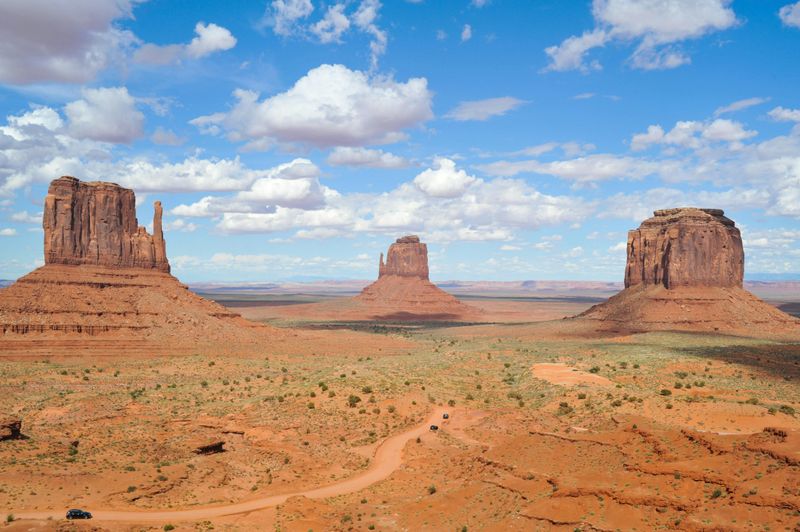
Monument Valley’s iconic red buttes have graced countless films, capturing the imagination of visitors worldwide. As part of the Navajo Nation, the park offers a unique cultural experience.
Navajo guides lead tours that share insights into the area’s history and significance. The landscape, with its dramatic formations, provides a stunning backdrop for photography.
For those interested in culture, the park’s visitor center showcases Navajo art and crafts. A sunrise or sunset visit reveals the valley’s most breathtaking views, as the light transforms the colors of the rock formations.
Canyon de Chelly National Monument
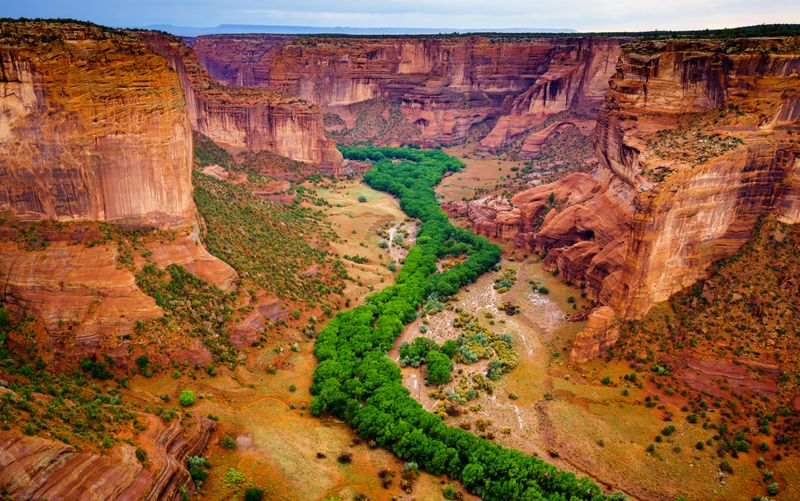
Canyon de Chelly is a tapestry of natural beauty and human history. Towering sandstone cliffs encase a fertile canyon, sheltering ancient cliff dwellings and petroglyphs.
This site has been home to indigenous peoples for millennia, and its cultural significance continues today. Visitors can explore the canyon with Navajo guides who share stories and traditions.
The White House Ruin Trail offers a chance to hike down to one of the canyon’s most famous sites. A visit here is not just a journey through nature, but also a connection to the past and present of Native American culture.
Horseshoe Bend
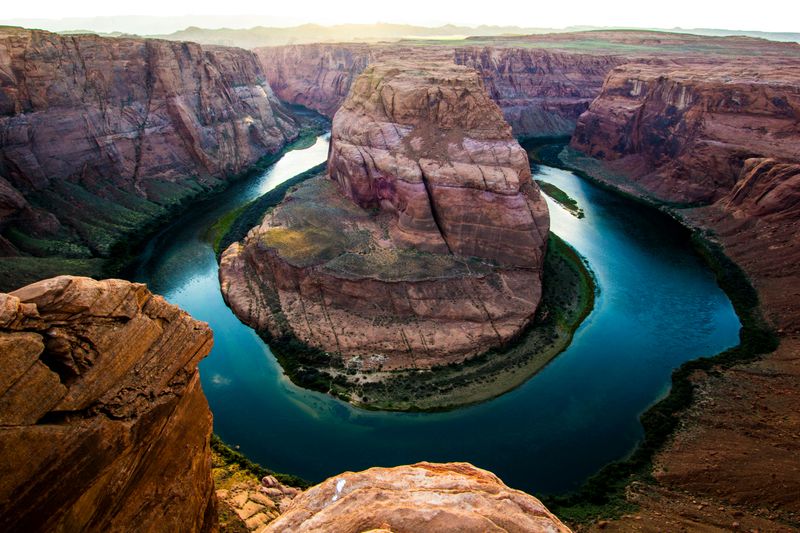
Horseshoe Bend is a natural wonder where the Colorado River gracefully curves around a striking rock formation. This iconic viewpoint offers a breathtaking panorama that draws photographers and nature lovers alike.
Located near Page, Arizona, the site is easily accessible via a short hike from the parking area. The vantage point provides sweeping views of the river and the surrounding cliffs, creating a mesmerizing scene.
Early morning or late afternoon visits offer the best lighting for photography. Horseshoe Bend’s dramatic beauty serves as a reminder of nature’s power and artistry.
Organ Pipe Cactus National Monument
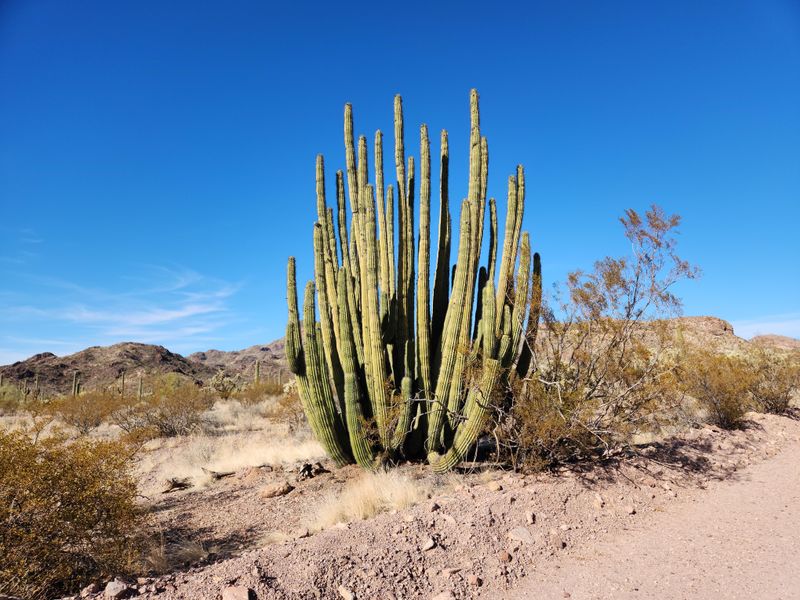
Organ Pipe Cactus National Monument presents a living landscape of rare beauty, featuring the unique organ pipe cactus. This designated International Biosphere Reserve is home to a diverse range of desert flora and fauna.
Visitors can explore scenic drives and hiking trails that wind through the monument’s rugged terrain. The Ajo Mountain Drive offers stunning vistas and access to the park’s natural wonders.
Guided ranger tours provide insights into the ecology of the Sonoran Desert. This monument exemplifies the delicate balance of life in one of North America’s most diverse desert environments.
Chiricahua National Monument
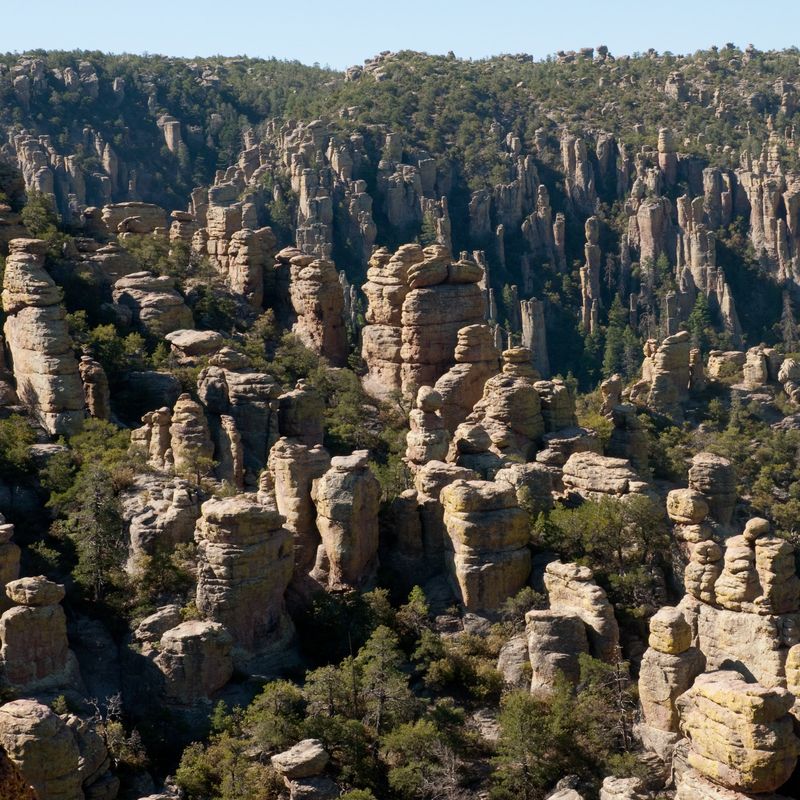
Chiricahua National Monument is often called “The Wonderland of Rocks,” and it’s easy to see why. The park is a geological wonderland of towering rock spires and balancing boulders.
Formed by volcanic eruptions millions of years ago, these formations captivate visitors with their striking beauty. Hiking trails meander through the monument, offering close encounters with these natural sculptures.
The Echo Canyon Loop is a popular choice, revealing hidden crevices and panoramic views. Birdwatchers will appreciate the diverse avian species that inhabit this unique ecosystem.
Chiricahua’s landscapes inspire awe and wonder at every turn.
Tumacácori National Historical Park
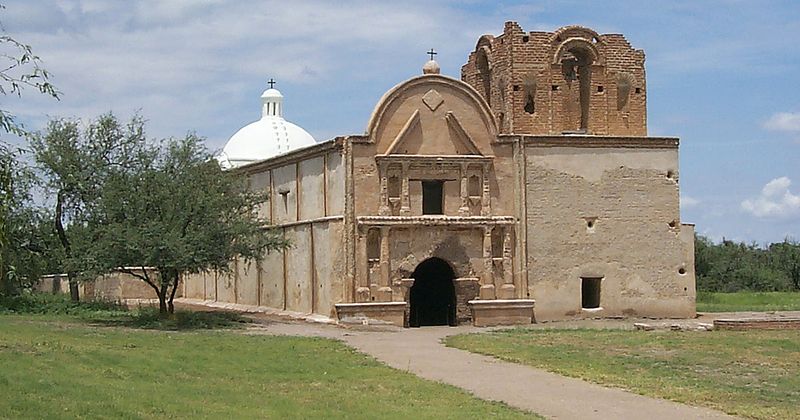
Tumacácori National Historical Park preserves the remnants of three Spanish colonial missions, offering a glimpse into Arizona’s multicultural history. The park’s centerpiece, the Tumacácori Mission, dates back to the 17th century and stands as a testament to the blend of Spanish and indigenous cultures.
Visitors can explore the mission’s preserved architecture and learn about its history through interpretive exhibits. The park hosts annual events celebrating the cultural heritage of the region.
Guided tours provide deeper insights into the mission’s role in the spread of Christianity and European influence in the Southwest.
Walnut Canyon National Monument

Walnut Canyon National Monument invites visitors to step back in time and explore ancient cliff dwellings nestled within its rugged walls. These dwellings were once home to the Sinagua people, who thrived in this challenging environment.
The Island Trail offers a close-up view of these well-preserved structures and the canyon’s unique geology. The park’s visitor center provides educational displays about the Sinagua culture and the canyon’s natural history.
Scenic views from the rim trails offer a broader perspective of this archaeological treasure, highlighting the ingenuity and resilience of its original inhabitants.
Sunset Crater Volcano National Monument
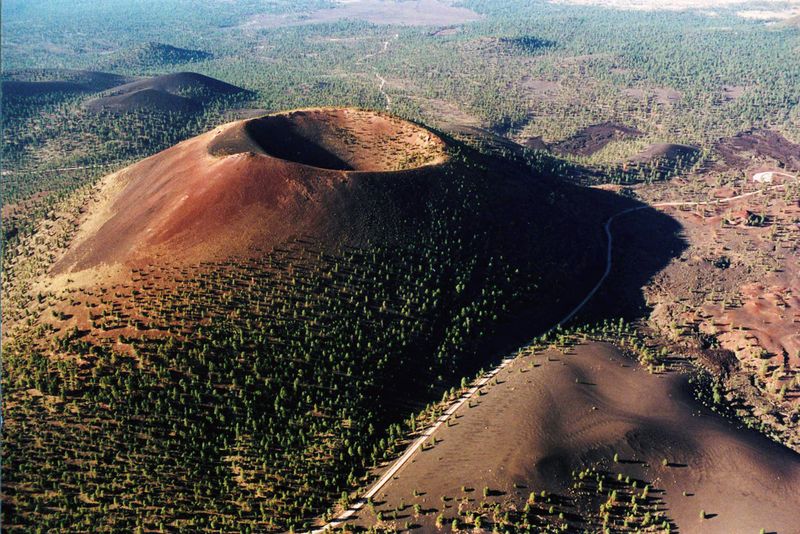
Sunset Crater Volcano National Monument offers a striking contrast of colors and textures. The cinder cone, formed by an eruption nearly a thousand years ago, is surrounded by rugged lava fields.
These dark volcanic landscapes are dotted with colorful wildflowers in spring. Visitors can explore the Lava Flow Trail, which winds through the park’s unique geological features.
The visitor center offers insights into the area’s volcanic activity and its impact on the surrounding environment. This monument showcases the dynamic forces of nature and the resilience of life in adapting to such dramatic changes.
Tonto National Monument
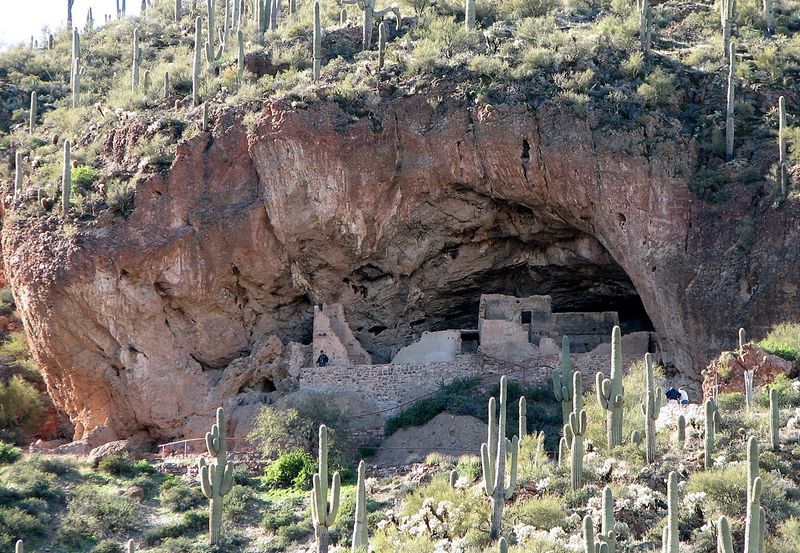
Tonto National Monument preserves cliff dwellings that offer a glimpse into the lives of the Salado people who once inhabited the region. These ancient structures, nestled high in the cliffs, are accessed via a scenic trail that rewards hikers with panoramic views.
The visitor center provides context about the Salado culture and the significance of the dwellings. Seasonal ranger-led tours offer additional insights into the architecture and lifestyle of these ancient desert dwellers.
Tonto National Monument is a window into the past, showcasing the ingenuity and adaptability of its early inhabitants.
Wupatki National Monument
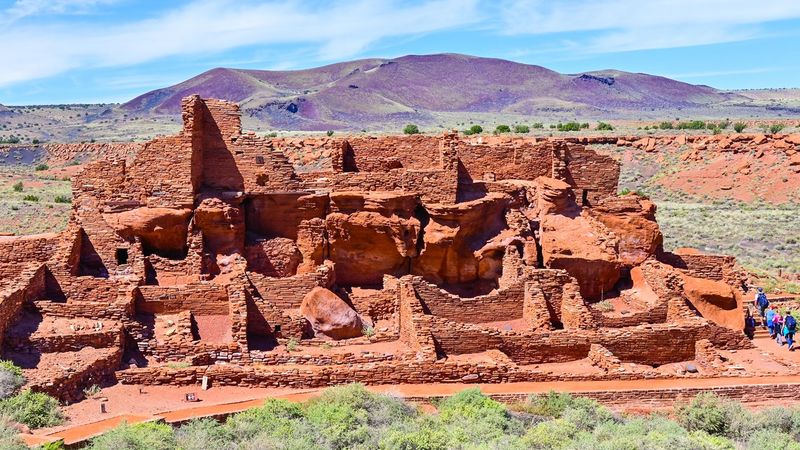
Wupatki National Monument is a testament to the ancestral Puebloan people who built impressive stone structures in a harsh environment. The monument’s centerpiece, the Wupatki Pueblo, was once a thriving community hub.
Visitors can explore the ruins and imagine life in this ancient civilization. The park’s trails connect various pueblos, each with its unique story.
Exhibits at the visitor center provide insights into the culture and traditions of the inhabitants. Wupatki’s stark beauty and historical significance make it a fascinating destination for those interested in archaeology and Native American history.
Casa Grande Ruins National Monument
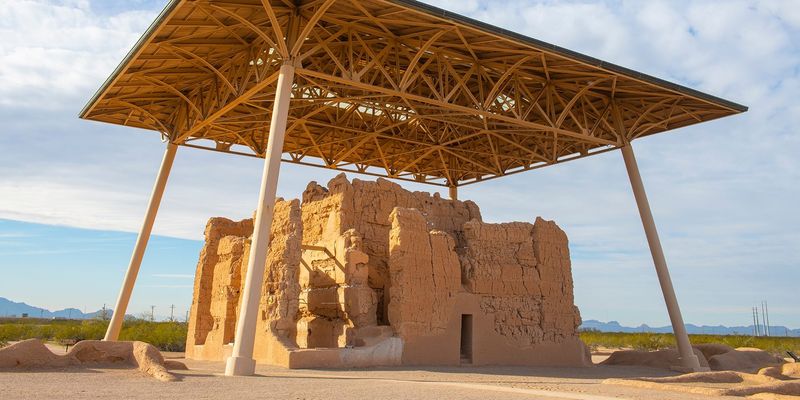
Casa Grande Ruins National Monument preserves the enigmatic “Great House,” an ancient adobe structure built by the Hohokam people. Standing four stories tall, it remains a mystery to archaeologists regarding its exact purpose.
The visitor center offers exhibits that explore the Hohokam culture and their advanced irrigation systems. Guided tours provide a closer look at the ruins and their historical context.
Casa Grande serves as a window into the ingenuity of the Hohokam civilization. The monument’s preservation efforts ensure that this cultural treasure remains for future generations to appreciate and study.
Pipe Spring National Monument
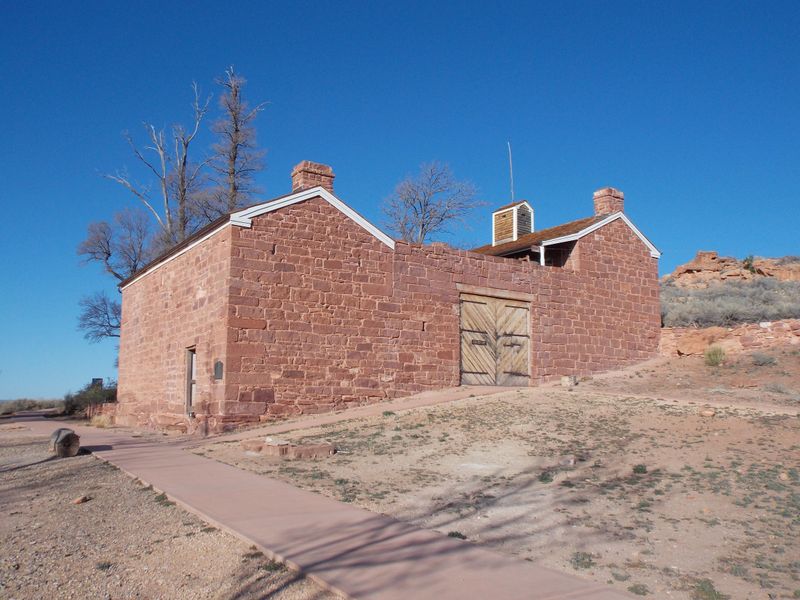
Pipe Spring National Monument tells the story of early settlers and Native American tribes in the arid Southwest. The monument features a historic fort and spring, which provided a vital water source in the desert.
Visitors can explore the well-preserved structures and learn about the interactions between Mormon pioneers and the Kaibab Band of Paiute Indians. The visitor center offers exhibits on the area’s natural and cultural history.
Guided tours and living history demonstrations provide deeper insights into the daily lives of those who called this challenging environment home.
Coronado National Memorial

Coronado National Memorial commemorates the journey of Spanish explorer Francisco Vásquez de Coronado. The park offers stunning views of the surrounding landscape and a chance to explore Coronado Cave.
Visitors can hike the Coronado Peak Trail for panoramic vistas of the US-Mexico borderlands. The visitor center provides information about Coronado’s expedition and its impact on the region.
The memorial is a place for reflection on the cultural exchanges that shaped the American Southwest. With its blend of natural beauty and historical significance, Coronado National Memorial offers a unique perspective on the past.
Fort Bowie National Historic Site
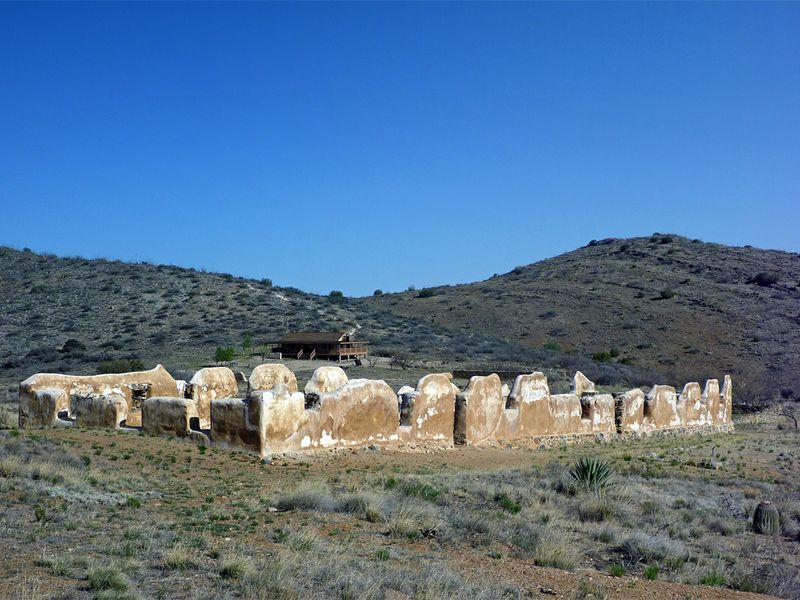
Fort Bowie National Historic Site preserves the remnants of a pivotal fort during the Apache Wars. The site’s trails lead visitors through significant historical landmarks, including the Butterfield Overland Mail route.
Informational displays tell the story of conflicts and cooperation between the US Army and the Chiricahua Apache. The visitor center offers exhibits on the fort’s history and the broader context of westward expansion.
Fort Bowie’s remote location and historical resonance provide a unique opportunity to connect with the past. Walking in the footsteps of history offers a profound appreciation for the challenges faced by those who lived here.
